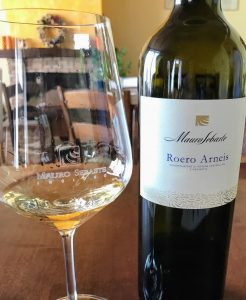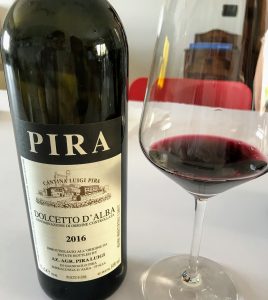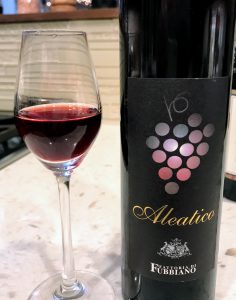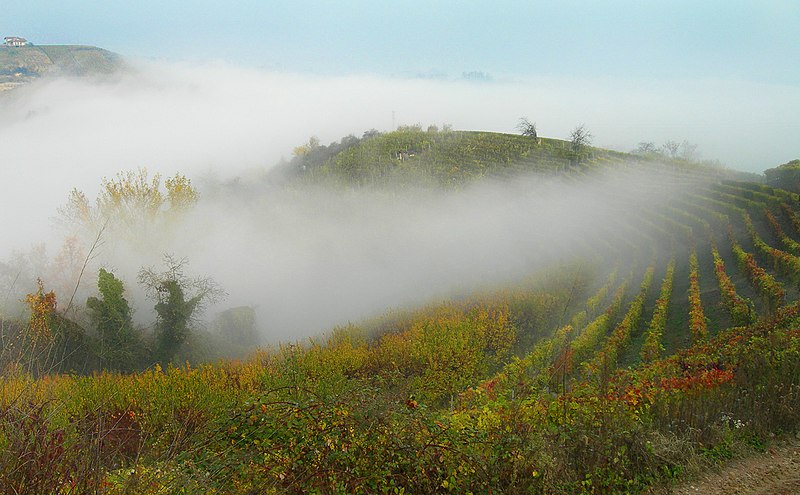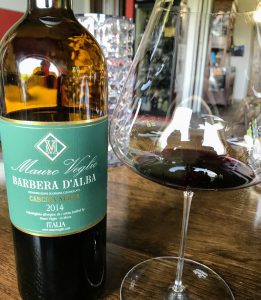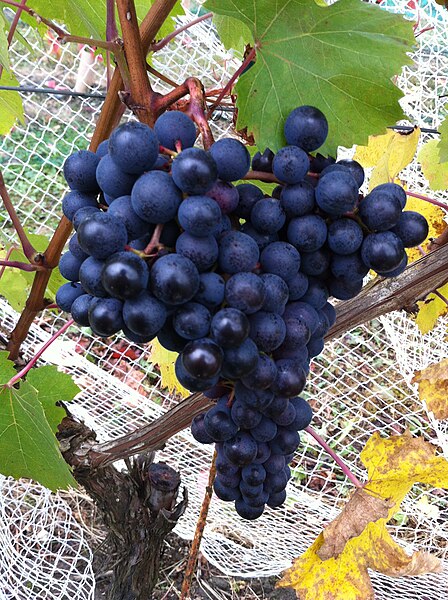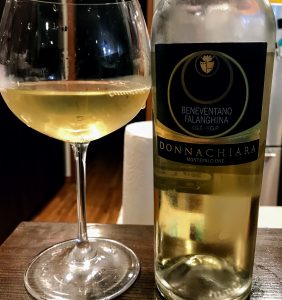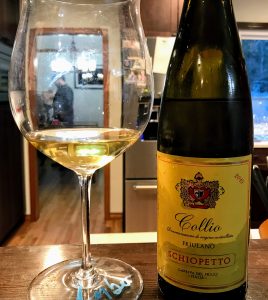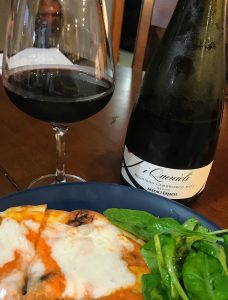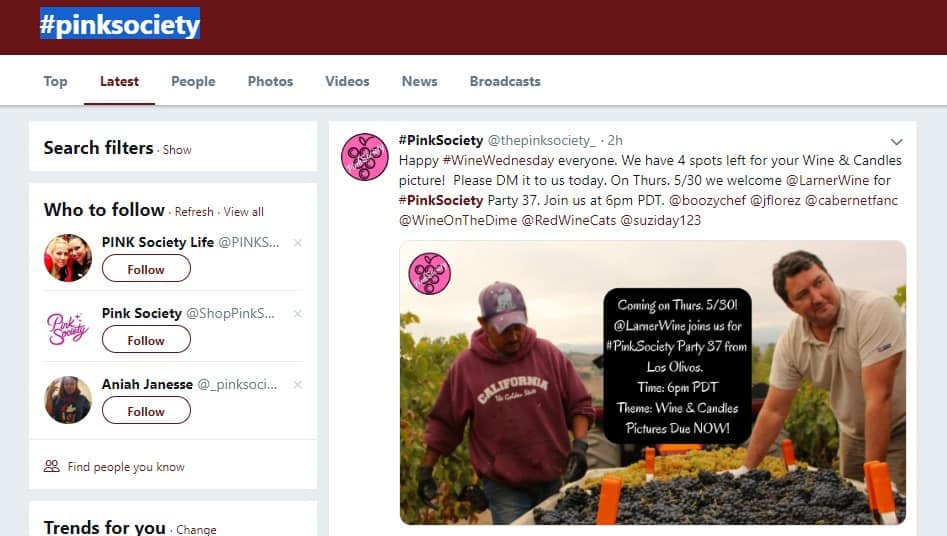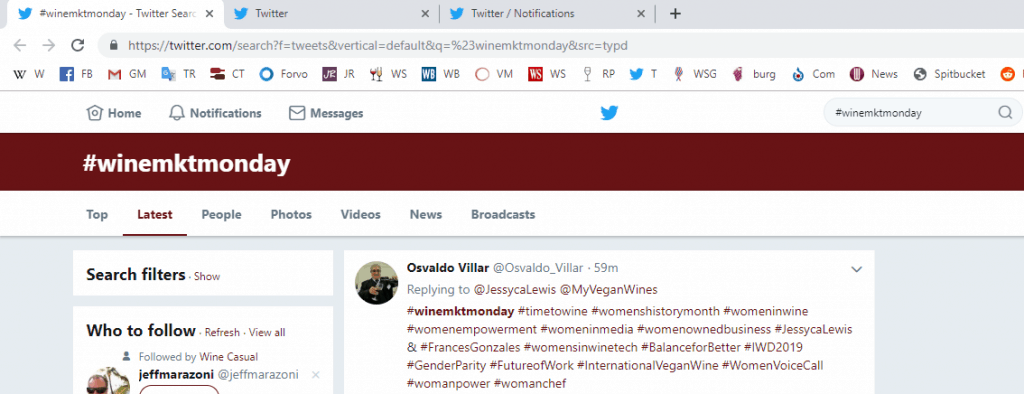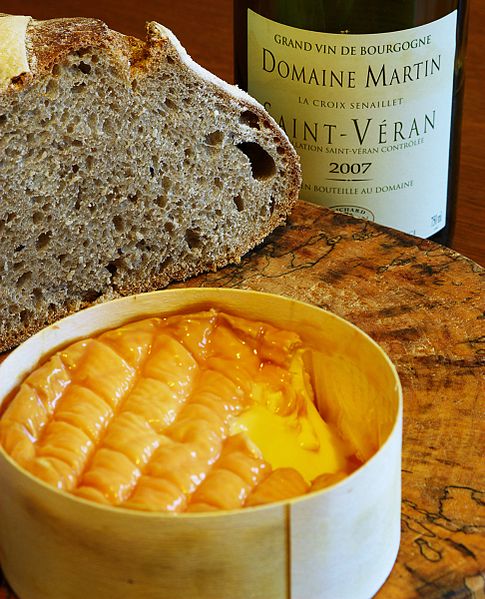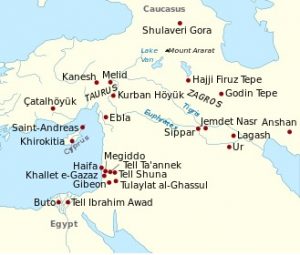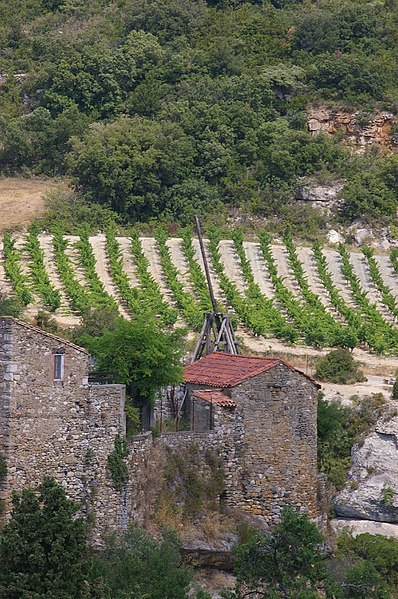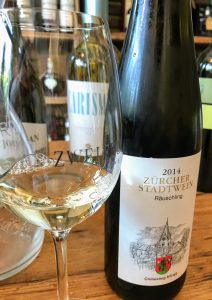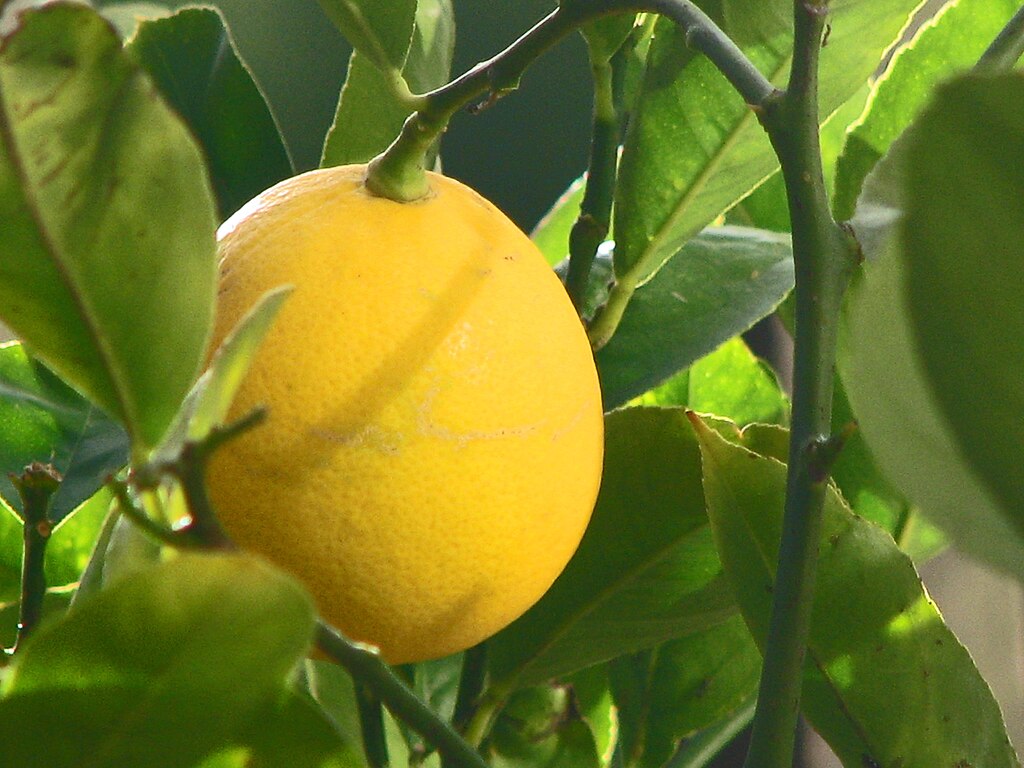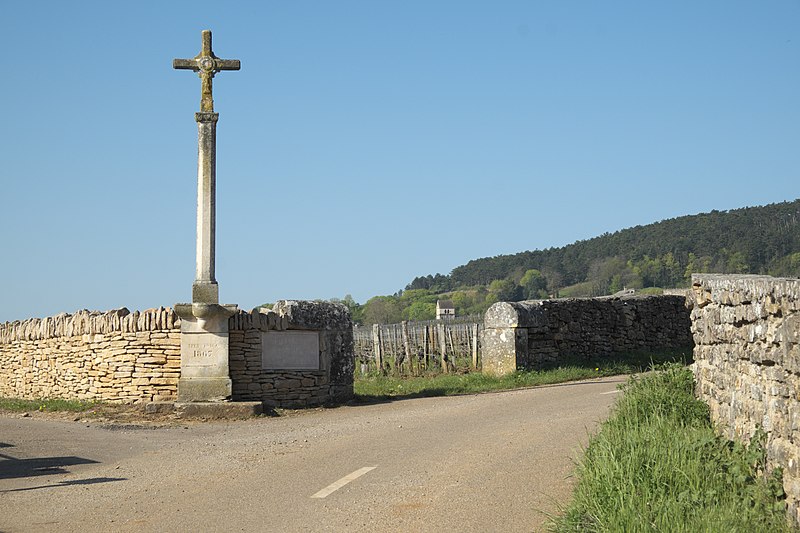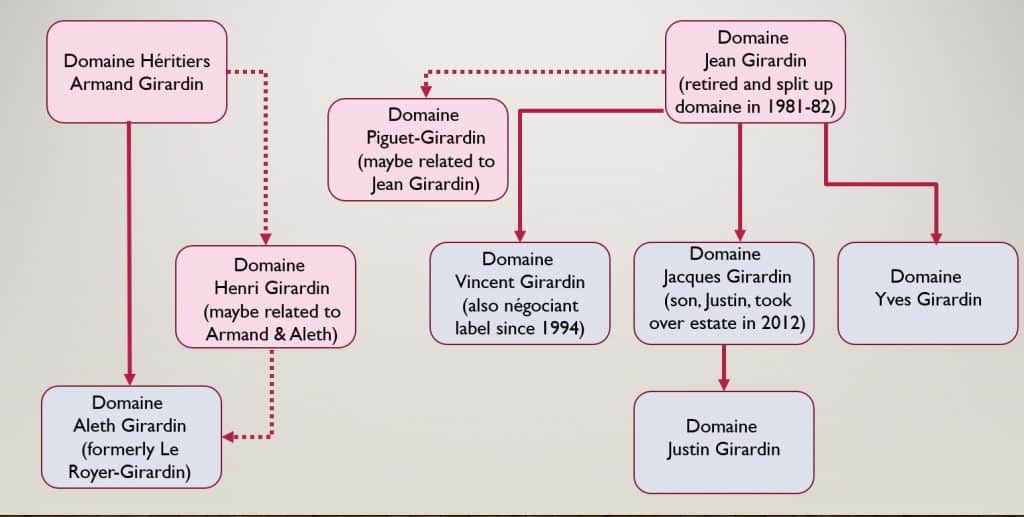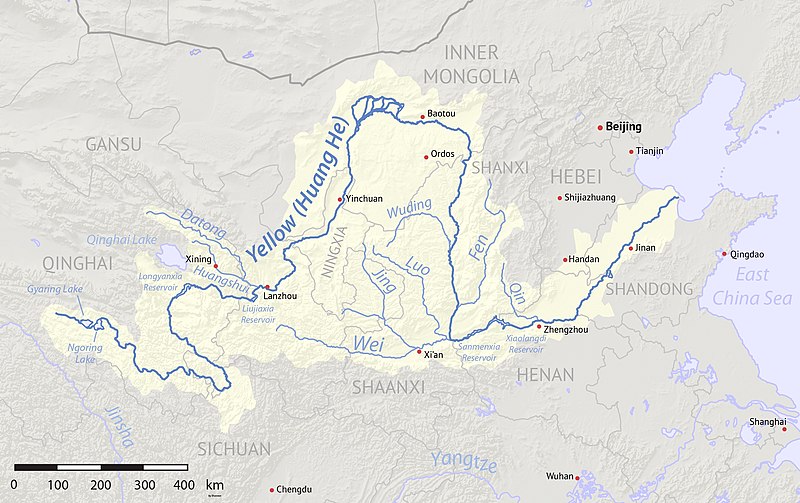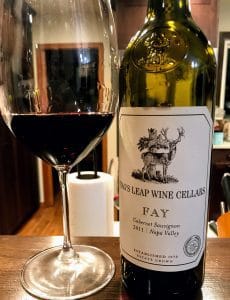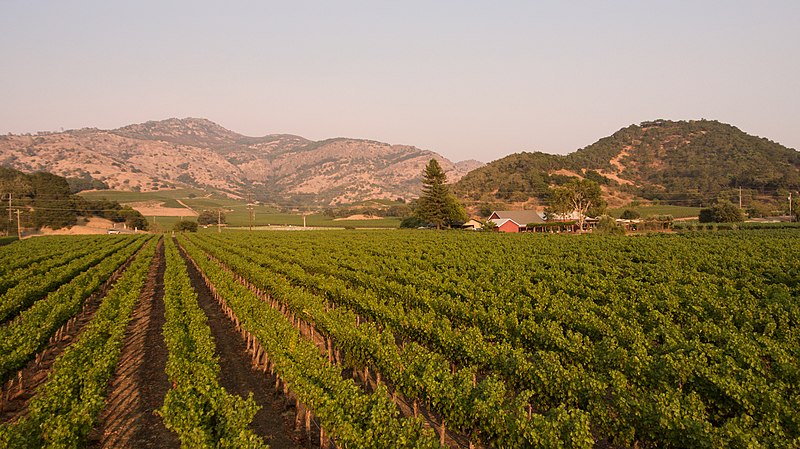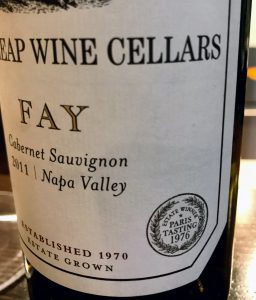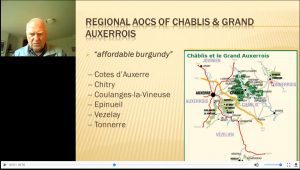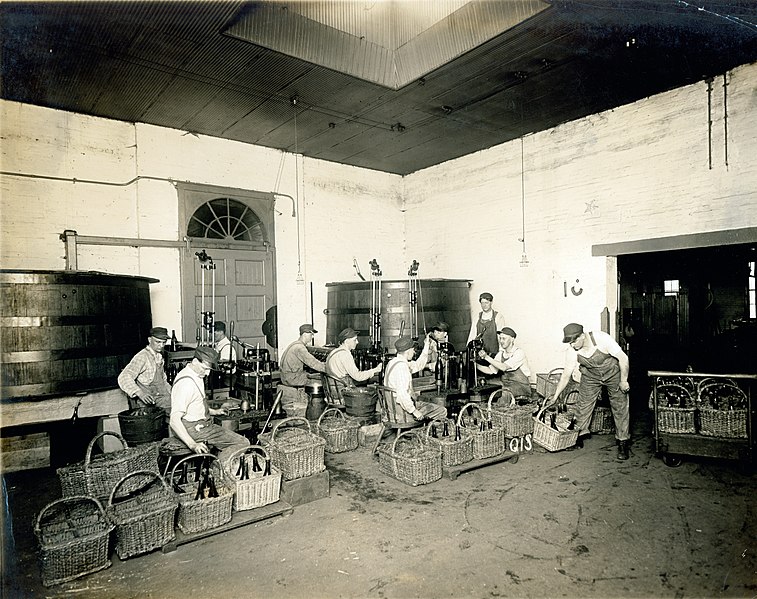Update: Starting in Feb 2020, I’ve made some changes to the game to better work with my schedule. They are noted in italics in the “Here’s How It Goes” and “Timing” sections below.
A lot of my writings the past few months have been focusing on wine business and marketing topics. That’s always been an interest of mine that I’ve enjoyed exploring. But it’s also an area that I need to stay up on as part of my WSET Diploma studies and eventual attempt towards getting a Master of Wine.

All the images used in this post will come from a recent Mystery Grape. Can you figure out the grape?
The Wine & Spirit Education Trust and the Institute of Masters of Wine were both founded by figures in the wine trade and while their certifications require a broad depth of knowledge on grape varieties, wine styles, regions, winemaking and viticulture–the nature of the business of wine is always in the backdrop.
In fact, it is this inclusion of the global business of wine that most separates WSET and MW certifications from those of the Court of Master Sommeliers–which focuses instead on service topics.
I’ll still be doing regular Geek Notes and other general wine features on the blog. But I’ve started to focus a lot of my geekiness over on the SpitBucket Instagram account where I’ve launched a Mystery Grape game using the IG story feature.
So what is it?
There’s really not much online in a game format to help high-level wine students. A lot of wine games are tailored more towards newbie wine lovers. For myself, I was looking for a game to help with both blind tasting as well as deep-level wine knowledge of grape varieties.
I didn’t find what I was looking for, so I created it.
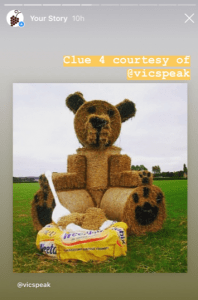
Be sure to look for secondary & tertiary aroma clues as well as primary notes.
Using photos featured on IG, I’ll post up to 10 clues relating to the identity of a particular wine grape. Players can answer by replying to the IG story or on a specific IG post that I do when the second batch of clues are live.
The next day I’ll highlight who got the correct answer first as well as other folks who got it right. I’ll also explain in the congratulation post many of the clues and often highlight a particular wine that exhibits a lot of the notable traits of the Mystery Grape.
It’s meant to be challenging. For the first batch of clues, I’m aiming for WSET Diploma/Advance Sommelier level knowledge with easier WSET 2 & 3/Certified Sommelier clues coming towards the end.
If you don’t get it, that’s alright. A lot of folks won’t. But I guarantee that you will learn something regardless.
Below I’ll give you some tips as I explain the game.
Here’s How It Goes.
Monday, Wednesday and Friday I’ll launch the game with the first clue being a wine map. This is going to be our starting base and is often an area that folks will encounter blind tasting examples from.
I’m going to feature plenty of grapes that aren’t included in blind tastings, but I do regularly reference the Court of Master Sommeliers’ list of Probable Red Grape Varieties and Probable White Grape Varieties. If you’re a wine student and don’t already have those pages bookmarked, you should bookmark them now.
The next 3 to 4 clues will be aroma and flavor clues.
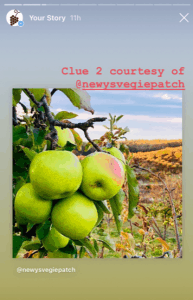
It’s crazy how many white grape varieties have apples as a primary flavor.
Here is where I’m often going to get a little tricky because I’m not going to give you the dead-giveaway notes right away. I’m not going to post pictures of black currant, tobacco leaf, anise and cedar off the bat if I’m talking about Cabernet Sauvignon. Nor am I going to show you a map of Piedmont and then post pics of cherry, roses and tar for Nebbiolo.
Those items might come later on when I get to the WSET 2/3 level clues. But here I’m going to focus on some of the important but less obvious notes including young primary and secondary flavors as well as tertiary notes that come with age. I might also skip around the globe a bit. Many of these grapes are grown in multiple places and Diploma/Advance Sommelier candidates need to know those different notes.
However, the majority of the clues will pertain to the map region with other flavor notes being connected to regions that get brought up in subsequent clues.
Most of these clues will come from my own tasting notes of these grape varieties, but I will sometimes reference Neel Burton’s The Concise Guide to Wine and Blind Tasting, Rajat Parr’s The Sommelier’s Atlas of Taste and the Oxford Companion to Wine.
The last clue (#6) of the first batch is usually a context clue.
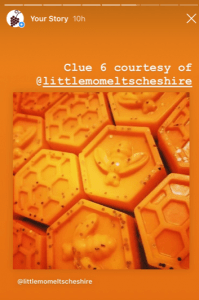
This pic actually contained two clues that were fairly specific to a particular white Australian wine grape. It referenced both the nature of the grape and an unique aging note.
Many grapes within a wine region will have similar flavor profiles. I can have a map of France with notes of red plum, blackberry, tobacco, pepper and chocolate and it could refer to dozens of grapes. So I need to narrow the focus a bit. I’ll do that by tossing in a clue that is relatively specific to the Mystery Grape–such as that this grape can also be found in the Veneto, Abruzzo and Puglia regions as well. (If you have an idea of what grape I’m talking about, post it in the comments).
Almost all these context clues are going to come from Jancis Robinson’s Wine Grapes. For Italian wines, I also like using Ian d’Agata’s Native Wine Grapes of Italy. Both books are must haves for wine students.
Now sometimes from this first batch, there will still be multiple contenders even with the context clue. Folks can take a stab at it, trying to be first. It depends on how generous I’m feeling with what kind of feedback I’ll give you if you’re wrong. Sometimes you might just have to wait for the next batch of clues.
Second Batch of Clues
Clues 7-10 will be more context clues hitting on history, wine styles and additional regions that our Mystery Grape is associated with. These often will tie back to the first batch of clues in some way.
And these clues will be easier–including more WSET 3 knowledge with at least clue 10 going down to WSET 2/Certified Sommelier/Certified Specialist of Wine level.
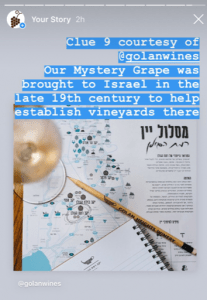
Admittedly this was a little hard for a Clue 9, but it was something that googling would give the answer away to.
At the launch of the second batch of clues, I will do a separate Instagram post that will also go out on the SpitBucket Twitter account highlighting a particular clue and letting folks know if someone has already guessed correctly.
Timing
I’ve been testing this game over the last month and found that I have players in the US, Europe and Australia. That pretty much makes a perfect time impossible. So I’m going to err on the sake of my sanity and go with the timing that works best for my schedule.
I’m in Paris so I will launch the game with the first batch of clues between Noon and 1pm CET. That will be 6-7 am New York, 3-4 am Seattle and 10-11 pm Sydney.
I know that kind of sucks for the Americans. But take solace in knowing that the first batch of clues is usually difficult enough that the Mystery Grape is often not solved until the second batch is posted.
The second batch will be released between 6-9 pm Paris time. That will be Noon-3 pm New York, 9 am to Noon Seattle and 2-5 am Sydney. Here is where it kind of sucks for the Australians but there have been some savvy Australians who have gotten the Mystery Grape with the first batch.
Again, my apologies that outside of Europeans, there is always going to be time zone issues for someone. But, hey, in the end, it’s all about having fun and learning something. The IG stories last up to 24 hours before they’re deleted so anyone can play at any time.
The best way to approach it is to set a personal goal of trying to guess the grape with as few clues as possible. Then try to beat your best the next day.
A Few More Tips
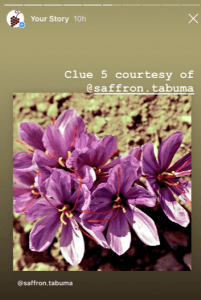
At first blush you might think this is a clue for a blue floral note. But the other clues are referencing a white grape.
However, look at the user name from the image @saffron.tabuma. That and clicking on the image to look at the tags, should help you realize that this is saffron. This note come out in certain white wines that have been “influenced” by something.
If you don’t understand a clue, it’s always a good idea to click on the picture and go to the original image page. Often the caption and #hashtags will give more context. I’m very deliberate in which image I choose and usually I will select images with specific hashtags.
Plus, sometimes the image I select is from an album of pictures taken by the Instagram user. I don’t consider those other album photos when I choose the clue image. But I have seen many times where they provide insight into wine regions that the Mystery Grape is associated with. Plus, they are usually cool images to look at too.
It’s okay to Google. Especially with the second batch, there is almost always a google-able detail that will lead you to the Mystery Grape. It’s not cheating if it helps you learn something.
Don’t expect the obvious, but also don’t overthink it. Yes, this game is meant to be challenging. But sometimes your gut from the first batch of clues turns out to be right. The same thing often happens with blind tasting. You never want to lock yourself in on one answer too early before you’ve fully evaluated the wine. However, you should always take note of what your gut instinct was.
Intrigued?
You can head over to Instagram now to take a look at today’s game. There you will also see posts from several of the last few games featuring grapes like Cabernet Sauvignon, Malvasia, Grolleau, Zinfandel, Pinot blanc, Rondo, Petit Verdot, Pinotage, Albarino and more.
You will see both “clue posts” as well as bottle pic congratulation posts. Those latter posts will explain many of the clues along with a featured wine made of the Mystery Grape.
BTW, how did you do?
Could you guess the French grape with some Italian flirting that I used as an example in the “Clue 6” section? Or how about the previous Mystery Grape referenced in the article’s images? Let me know in the comments below.
Happy Geeking!

